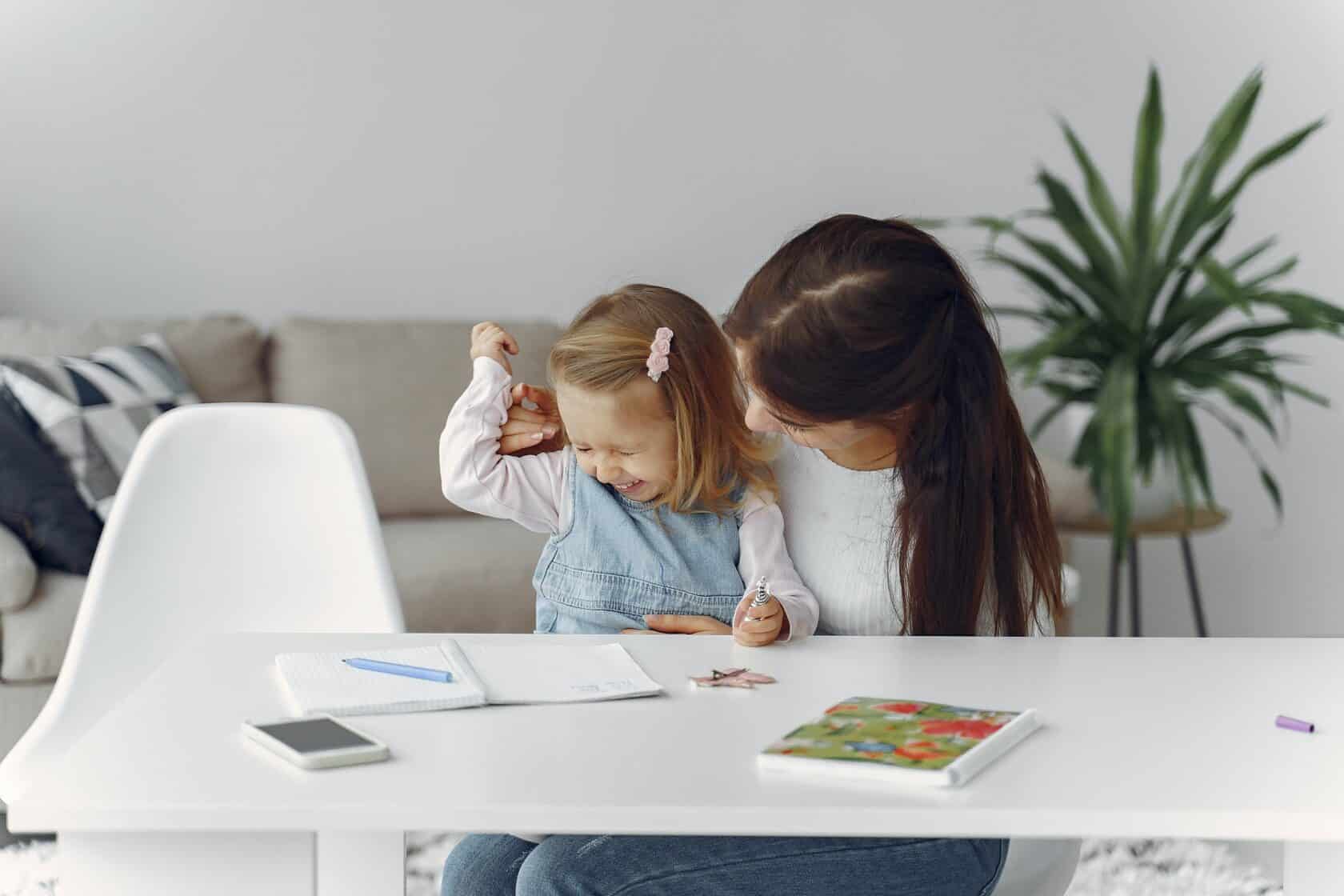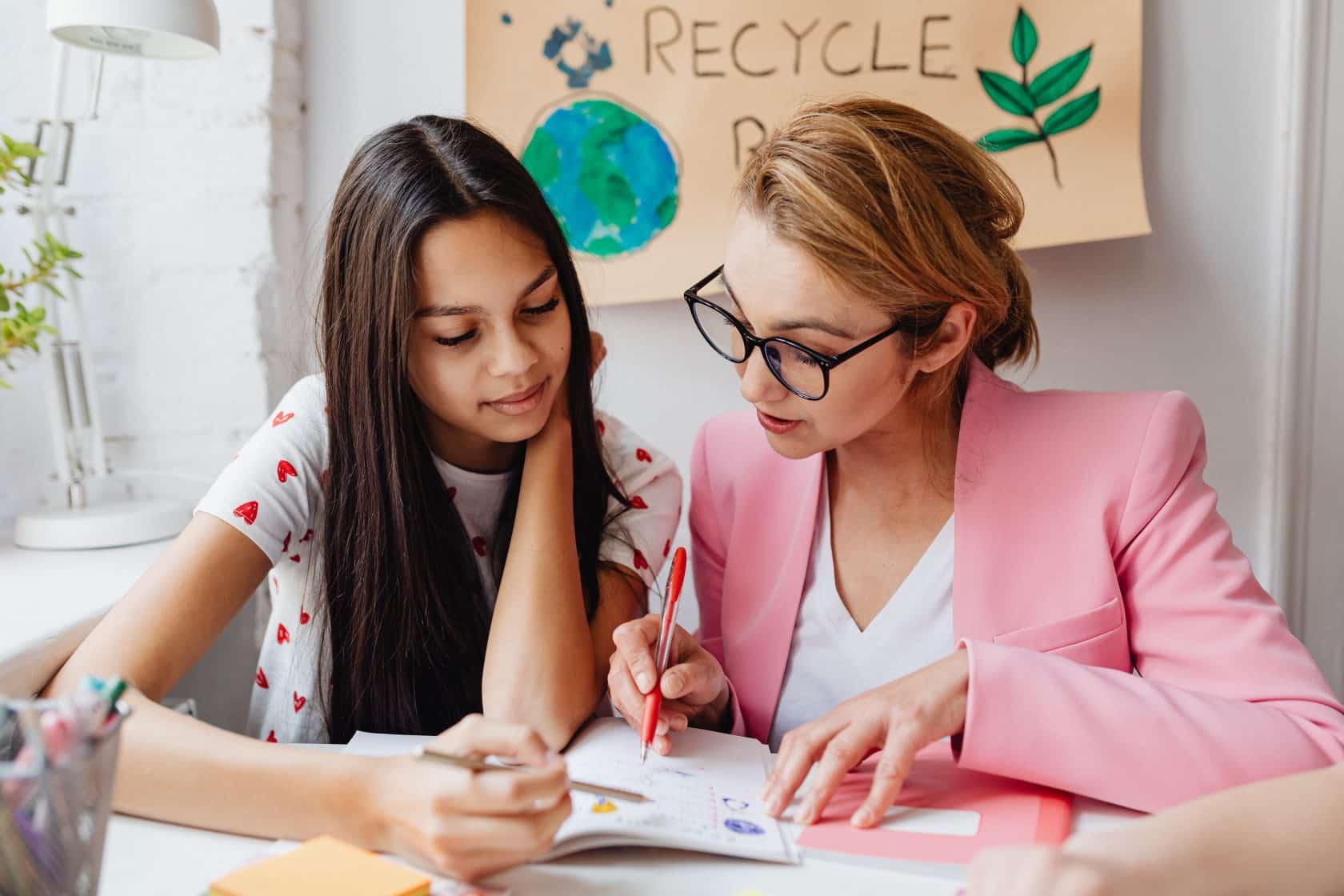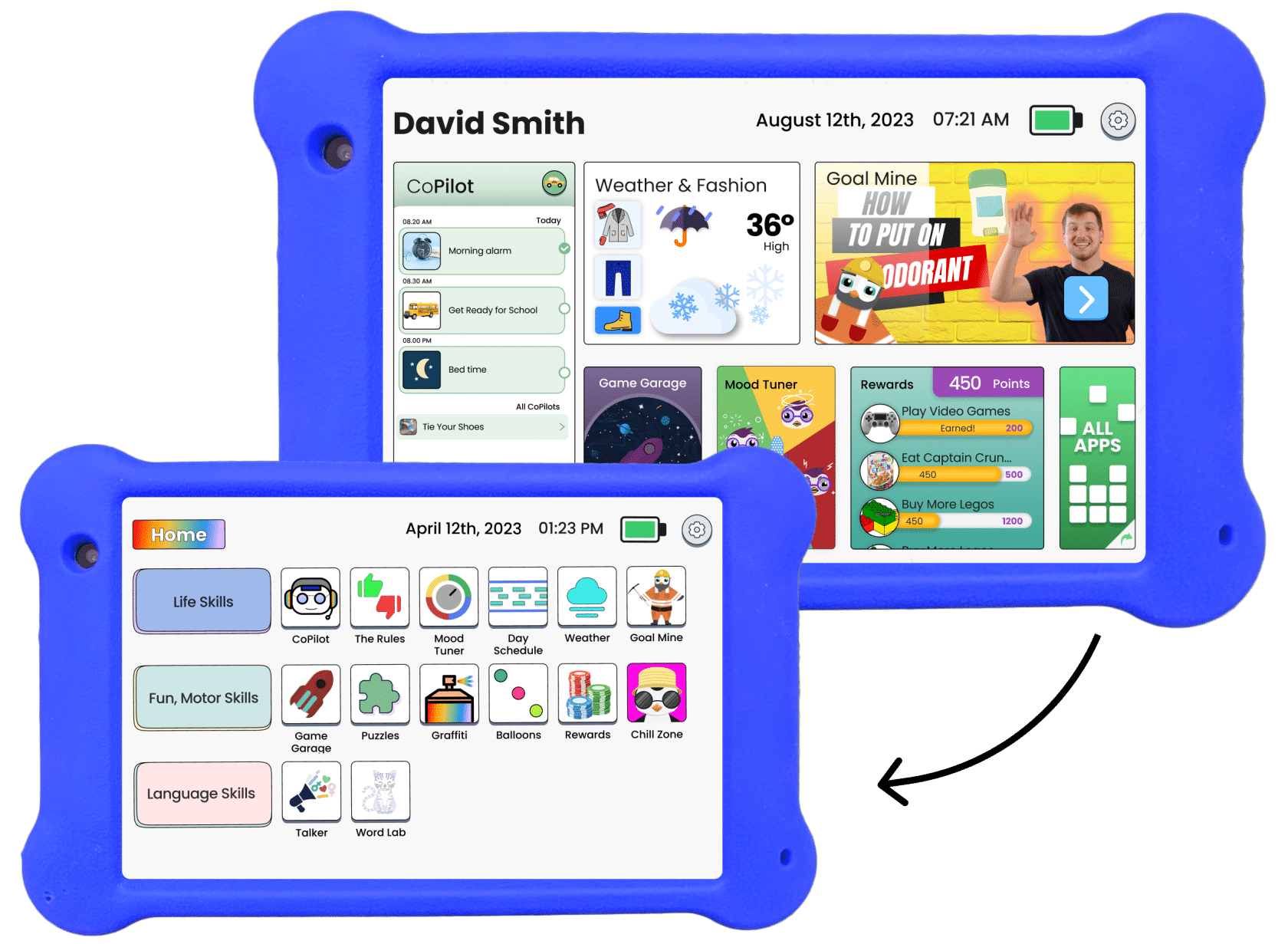Meet Susie, an enthusiastic and curious learner who thrives in a Child-Centered Learning environment. Here’s how Susie’s educational journey unfolds:
- Personalized exploration: Susie’s teacher, Ms. Johnson, notices her love for animals. To nurture her interest, Ms. Johnson creates an animal-themed project where Susie gets to research, create presentations, and even visit a local zoo.
- Tailored activities: Susie excels in hands-on learning. Ms. Johnson designs engaging experiments and art projects for Susie, allowing her to explore scientific concepts and express her creativity.
- Collaborative learning: Susie enjoys working with her classmates. Ms. Johnson assigns group projects, encouraging teamwork, communication, and problem-solving skills.
- Empowering independence: Susie takes charge of her learning by setting goals and managing her time. With the help of Goally’s digital visual schedules, she organizes her tasks, developing crucial executive functioning skills.
- Celebrating achievements: Susie’s progress is celebrated and acknowledged. Ms. Johnson and her classmates applaud Susie’s presentations, boosting her confidence and fostering a love for learning.
Through Child-Centered Learning, Susie experiences a joyful and empowering educational journey, where her interests are nurtured, her individuality is valued, and her growth is celebrated.














